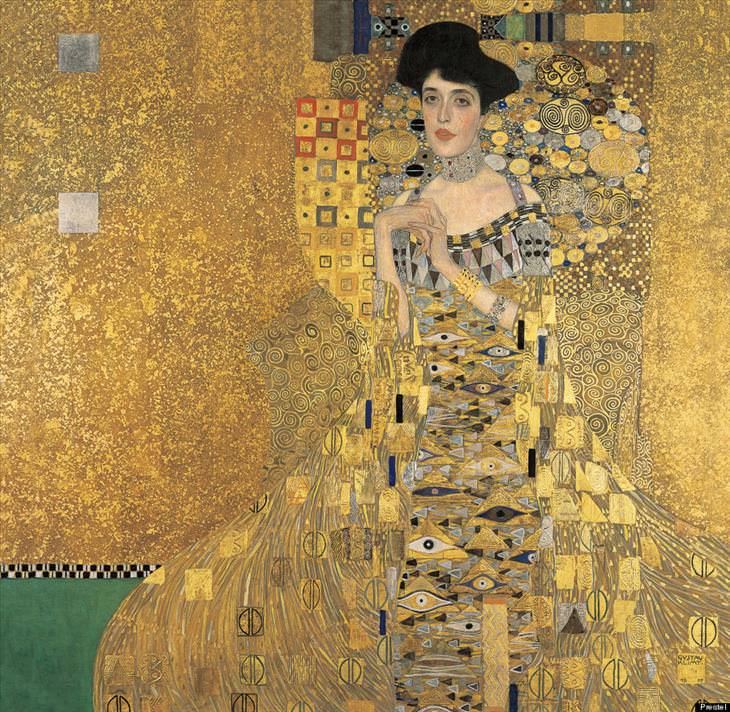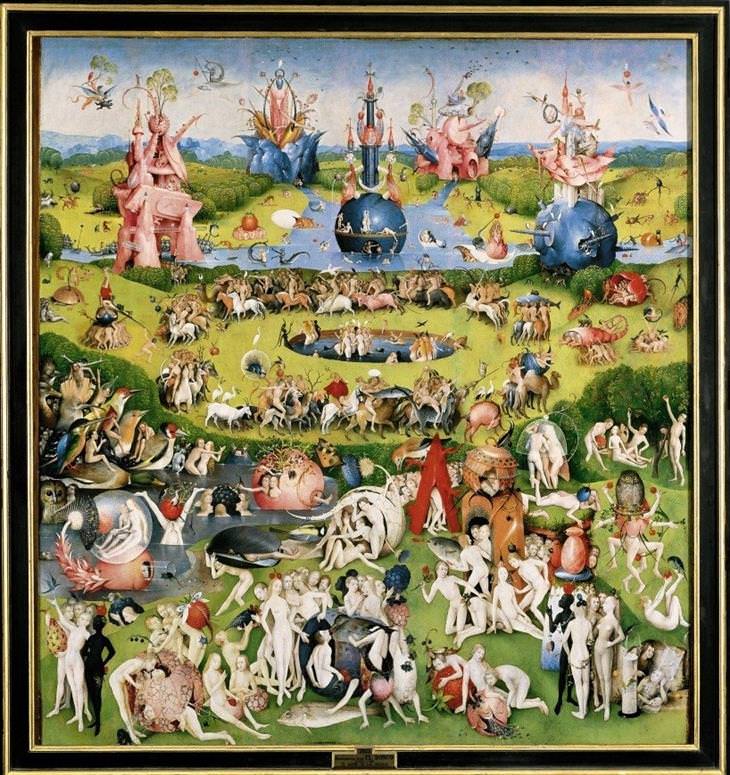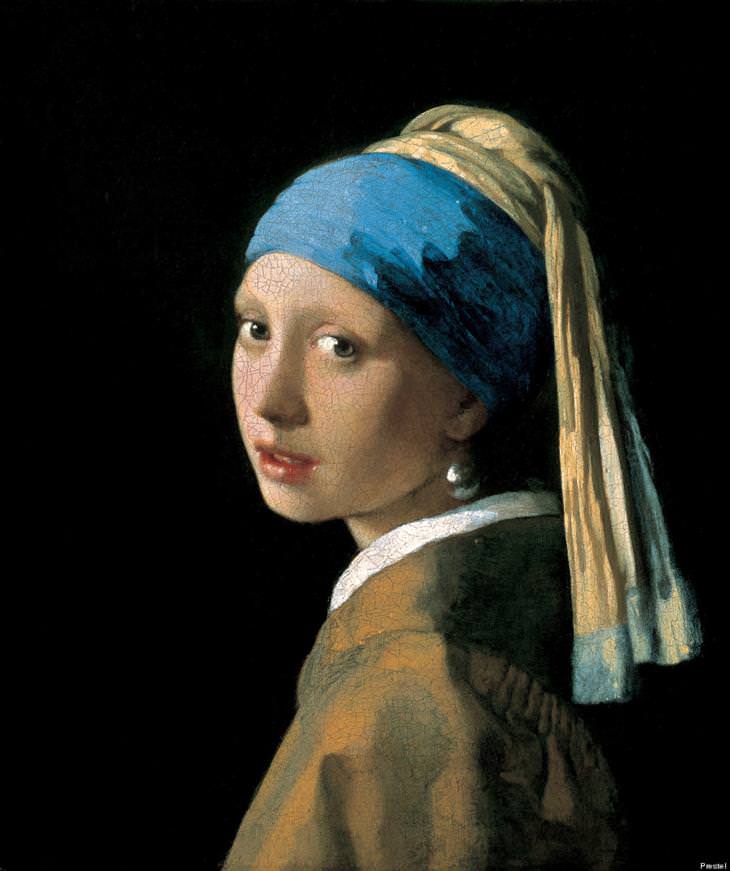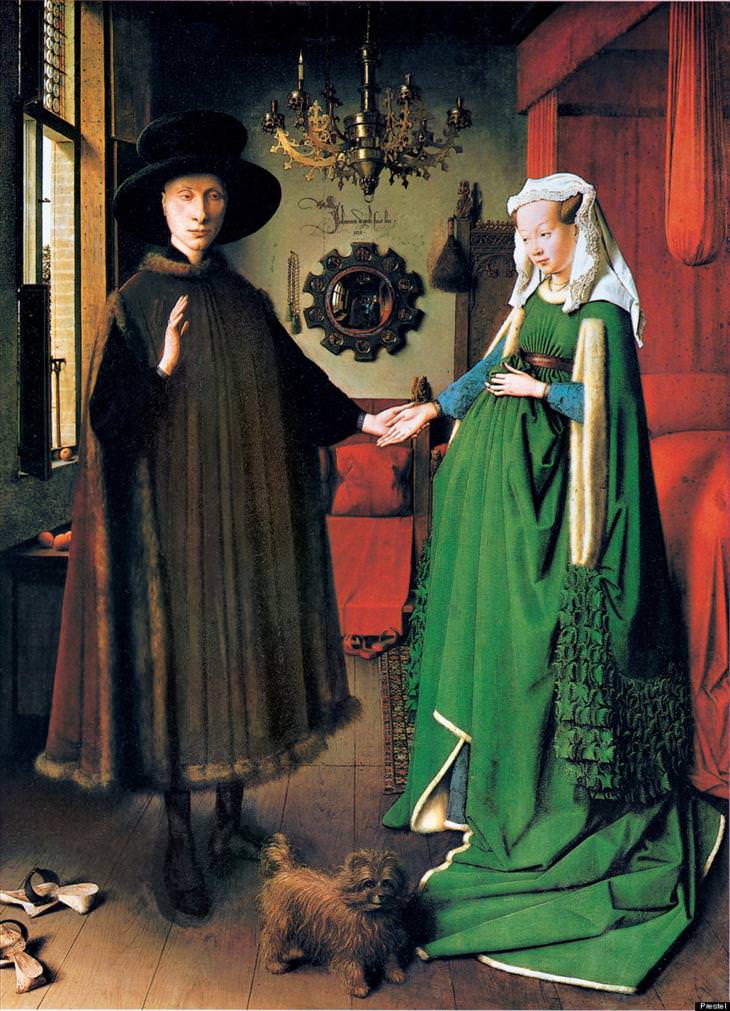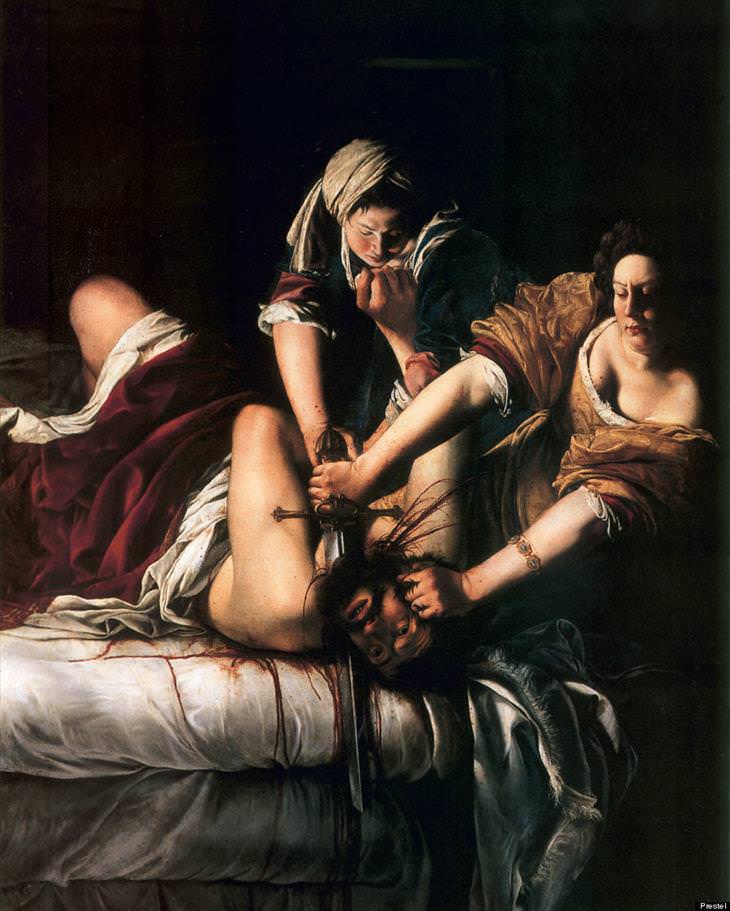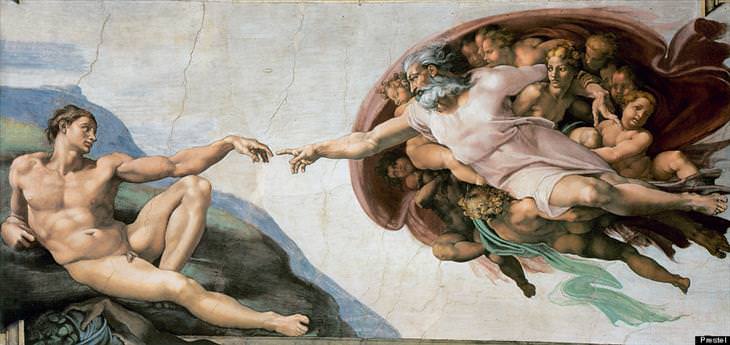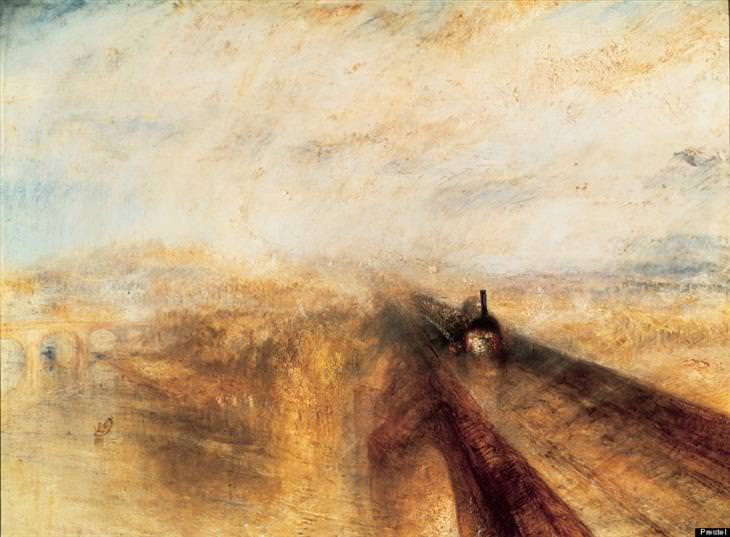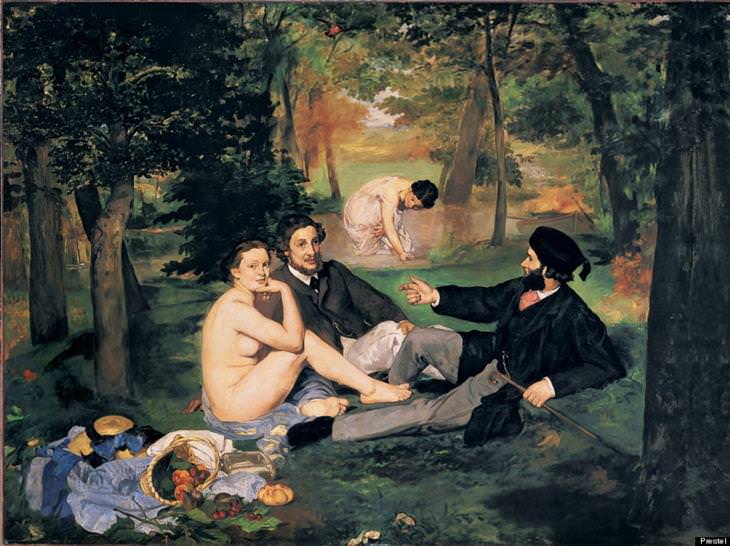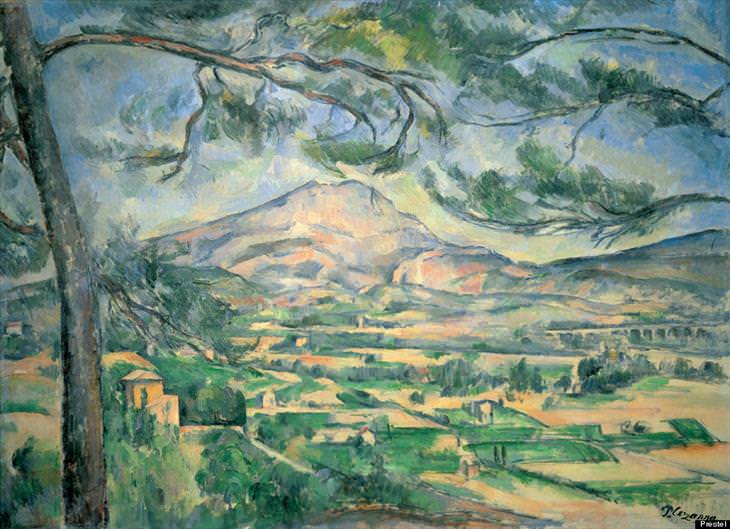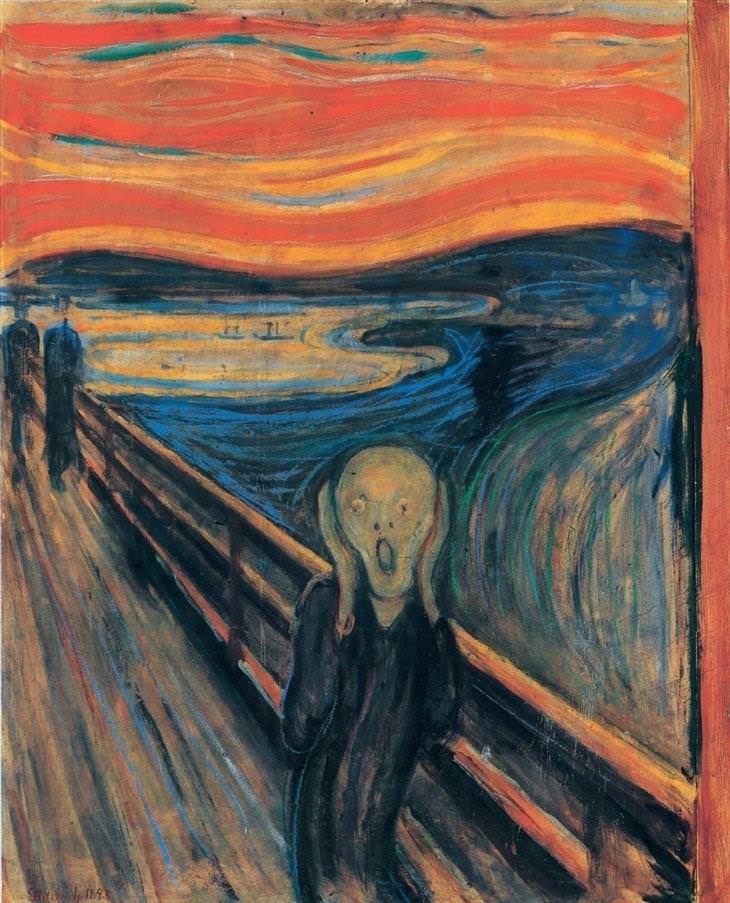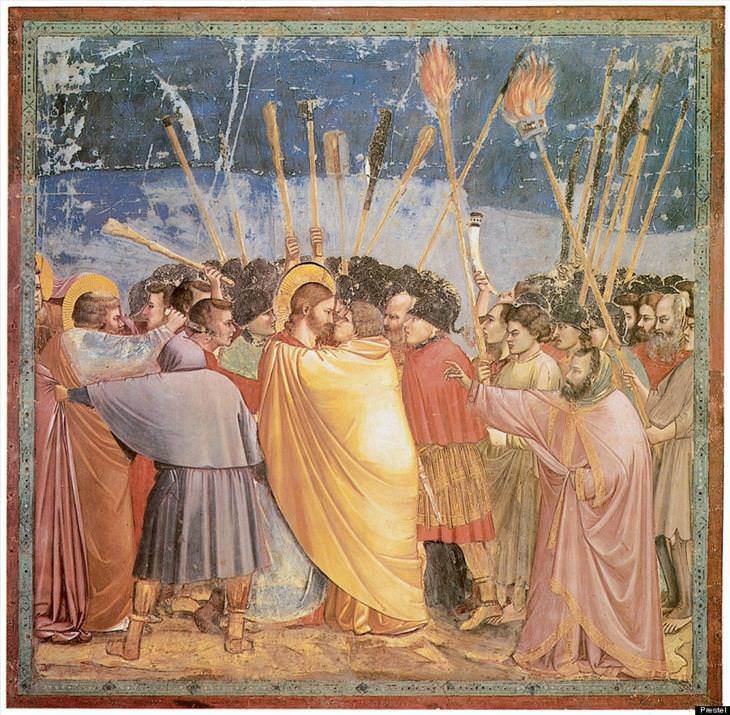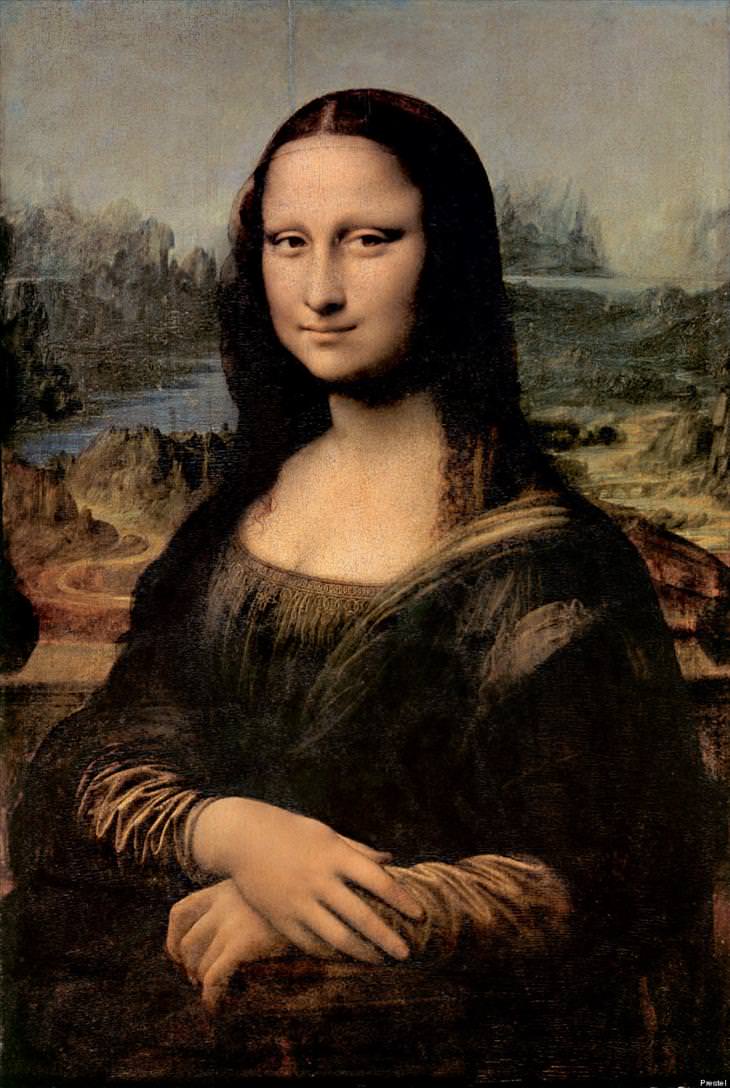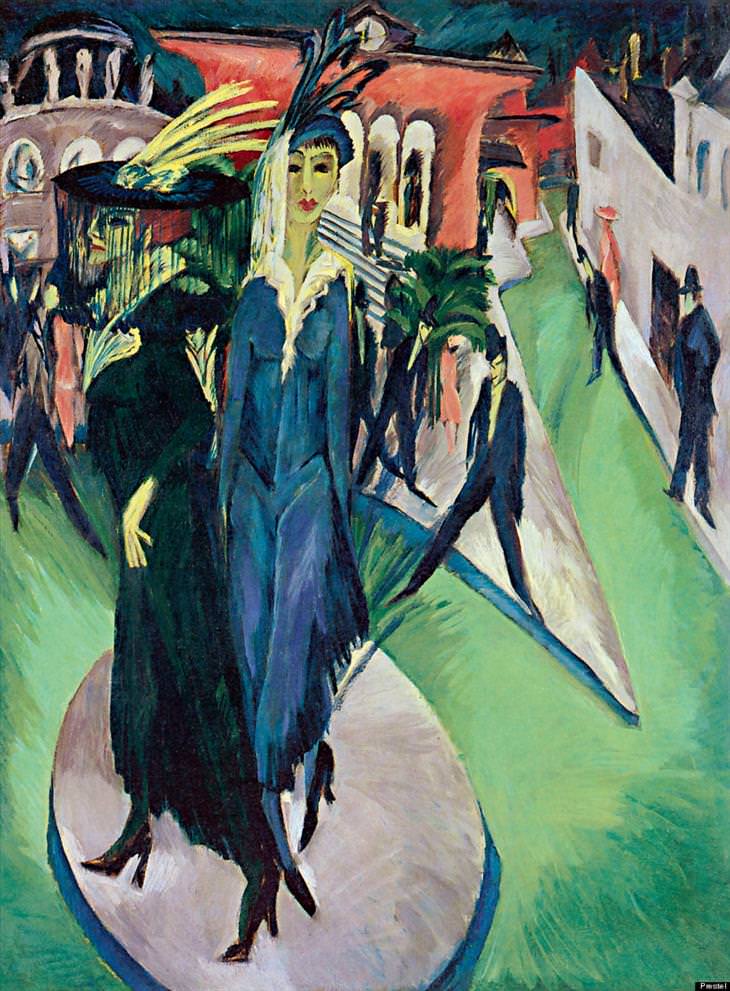

QUIZ: Recognize These Famous Renaissance Masterpieces?
If you're a fan of the Renaissance, then give this quiz a shot, and see how many famous paintings you can recognize.
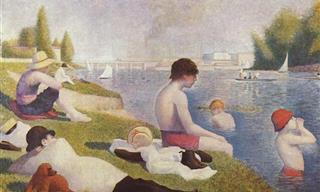
Discover the Stories of 5 of France's Greatest Artists
Come discover the French painters, and through their works also the history and development of modern French art.
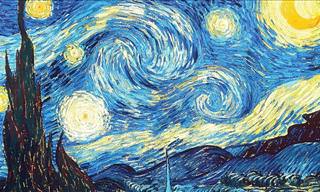
8 Famous Artists That Were Rejected During Their Lives
In this article you will find eight great artists who simply weren’t appreciated for the work that they created during their time.

These Vintage Bird Illustrations are Charming & Beautiful
Here is a look at 20 gorgeous paintings by the celebrated nature artist John James Audubon’s seminal book 'Birds of America'

It's Time for Our Great General Knowledge Quiz!
Do you think you've got what it takes to take on our great general knowledge quiz? Give it a go, and find out just how smart you really are!
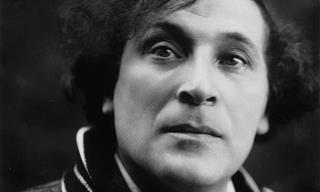
15 Unforgettable Paintings by Marc Chagall, Explained
You can explore Marc Chagall's 15 greatest works, presented from various periods in his life.
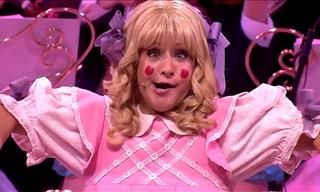 7:06
7:06
This Live Soprano Aria Performance Will Blow Your Mind!
Take a look at this beautiful and magnificent soprano aria of the famous 'Song of Olympia'.
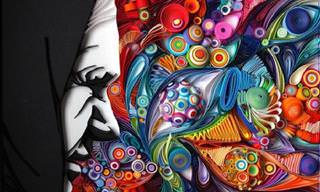
This Artist Creates Paper Art That is Truly Breathtaking
Russian artist Yulia Broadskaya is an expert at quilling. Her work has been commissioned by a number of big brands. Here's a sample of some of her amazing work.
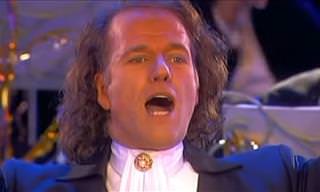 4:48
4:48
André Rieu Couldn't Believe His Luck with This Performance
Andre Rieu and BOND are such a match made in heaven. I don't think I've ever seen a happier musical performance in my life. This'll put you in the right mood!
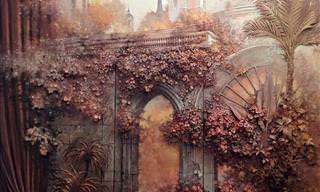
Wow! this Man Can Turn a Boring Wall into Stunning Art!
Goga Tandashvili, a Russian artist, is a master of the art known as Bas-relief. Take a look at his stunning work here!
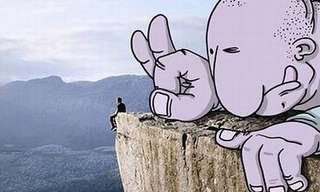
This Artist takes Generic Photos & Spices them with Doodles
When generic photos meet a creative illustrator, everything is possible...
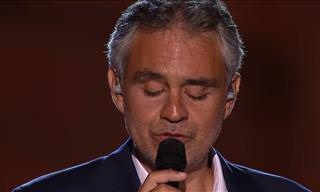 5:58
5:58
Andrea Bocelli Never Ceases to Amaze! Watch This Show
Andrea Bocelli never ceases to amaze and this performance is no exception.
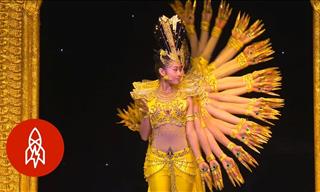 3:20
3:20
Meet the Troupe That Performs Without Sound or Sight
Watch the story of this amazing dance troupe that hasn't let the hindrance of sight or sound stop them from being incredible performers.
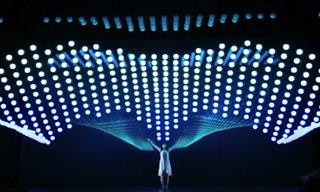 3:42
3:42
This Mesmerizing Light Dance Will Illuminate Your Day
We're positive that you've never seen anything quite like this colorful kinetic light dance!
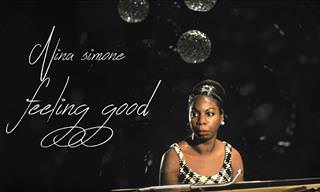
A Beautiful Tribute to Nina Simone's 'Feeling Good'
Listen to Nina Simone's timeless classic, 'Feeling Good,' with a selection of beautiful imagery to match the lyrics.
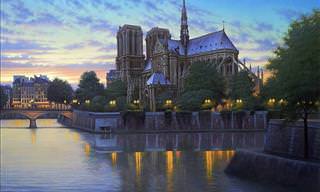
These Gorgeous Paintings are Doors to Famous Streets...
These beautiful cityscape paintings by Alexey Butyrsky perfectly capture the streets of Paris, Venice and San Francisco.
 3:48
3:48
This is Both a Beautiful Song and a Cultural Icon
The Cielito is far more than just a song - it's actually a cultural icon that's synonymous with Mexico and its performers. Listen to this beautiful song now.
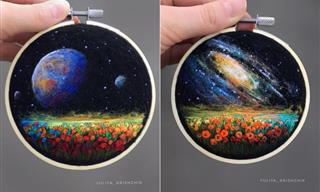
The Wonders of Nature and Space Combined in Stunning Art
These realistic embroideries are like a little window into a parallel universe!
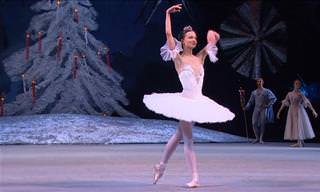 3:32
3:32
Let 'The Sugar Plum Fairy Dance' Excite Your Xmas Spirit!
What poise ballerina Nina Kaptsova displays in this gorgeous performance of Tchaikovsky's most Christmassy dance!
 4:29
4:29
When Classic Meets Rock: A Gorgeous Rendition
Watch and listen as the Piano Guys, famous for their renditions of modern music, play an amazing rendition of "Sweet Child o' Mine)
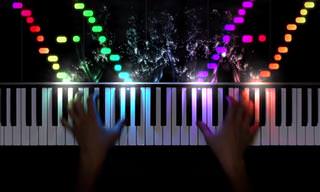 5:18
5:18
Watch a Beautiful Visualization of Liszt's La Campanella
Listen to a masterful rendition of La Campanella, along with a brilliant visualization of each and every note this is being played.
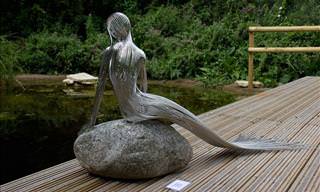
Feast Your Eyes on Martin Debenham’s Amazing Sculptures
There are many an art form out there, but a particularly talented British artist took sculpting to new heights. Check out his work in these pictures.
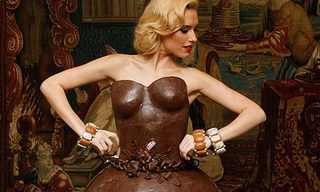
I Bet You've Never Seen Chocolate Art Like This!
The level of artistry some people can achieve with chocolate is astonishing!

These Needle-Felted Cats Are Adorably Realistic
Japanese artist Mayumi Yamamoto makes incredibly lifelike cat portraits.
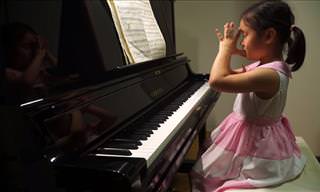 1:39
1:39
When This Girl Plays the Piano, Everyone Stops to Listen!
This girl is just 6-years-old, but she can already play the piano as good as anyone in the world.

Feast Your Eyes on Titian's 10 Most Epic Masterpieces
Have a look at these ten incredible masterpieces from one of Italy's finest artists. As a painter, he was extremely versatile, and his body of work includes portraits, scenes from mythology and religion, as well as breathtaking natural landscapes.
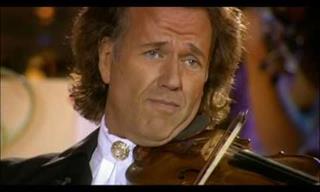 2:47
2:47
Enjoy the Genius of André Rieu!
This is a performance full of joy, laughter and the utmost love of pure musical fun.
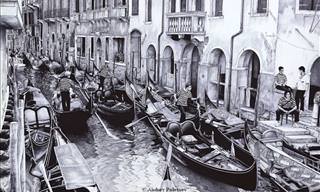
These Realistic Works of Art are Made with a Ballpoint Pen
Take a look at Andrey Poletaev's stunning ballpoint pen art.
 9:09
Viewed
9:09
Viewed
Classic Performance: The `Smoking Magician`!
Tom Mullica is one of the most celebrated magicians and comedians in the world, and is known for his amazing cigarette tricks. Also, his great sense of humor and showmanship make for a very entertaining show!
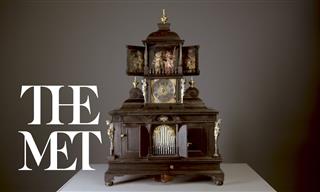 1:23
1:23
This 17th-Century Musical Clock Is a True Marvel!
The Musical Automaton Clock with Spinet and Orga dates back to 1625, and it's absolutely stunning! The clock plays music and features dancing figurines...
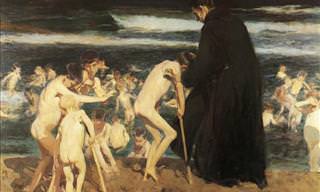
Treat Your Eyes to 10 Gorgeous Spanish Paintings!
Spain played a major role in the history of Western art. Here are 10 famous Spanish painters and their masterpieces.
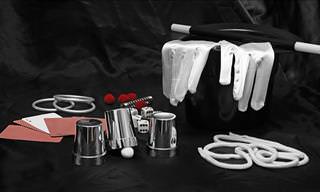
Revealing the Secrets Behind 15 Popular Magic Tricks...
Adults know that there are secrets behind every magic trick, and although a magician can never reveal them, we can….. Tags: Facebook comments
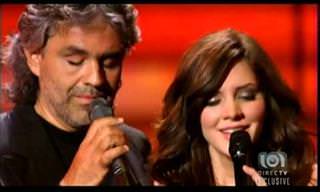 3:43
3:43
This Emotional Duet Gave Me Goosebumps of Pleasure
These two world-famous artists are amazingly talented singing alone, let alone when they join to give an emotional duet like this.
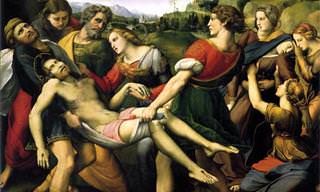
Raphael Was an Incredible Painter, Let Us Show You...
Did you know that Renaissance master, Raphael, died at the tender age of 37? How he could produce such a library of masterpieces is truly astonishing!
 6:11
6:11
This Famous Musician Cries at This Version of His Song
What is it like seeing your song perfomed so beautifully after 44 years? Robert Plant now knows. Listen to this incredible version of Stairway to Heaven with a full choir.
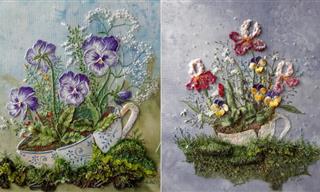
We Can’t Take Our Eyes Off These Beauties!
Step inside a magical garden, a tactile world full of lush fields, whimsical flowers, and dainty butterflies made entirely out of thread.
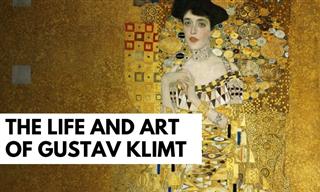
15 Beautiful Works of Art by Gustav Klimt
Gustav Klimt is one of the most celebrated artists of the 20th century. Join us on a journey through the artist’s life and admire 15 of his masterpieces.

WANTED! These Wickedly Tasty Cakes Have Gone Missing!
Cakes are so fiendishly tempting that now they are trying to allure us by pretending to be anything but cakes. Watch out for these 24 sirens!
 4:48
4:48
This Performance Requires Incredible Skill and Strength!
2 Incredible Acrobats put on a phenomenal show!
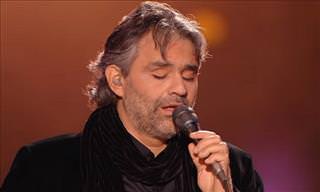 4:22
4:22
I Can’t Help Falling in Love with Bocelli’s Elvis Tribute
Watch as the spectacular Andrea Bocelli gives his rendition of an old Elvis classic. His performance made the hair on the back of my neck stand up.
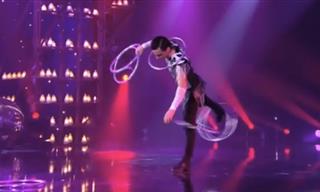 4:23
4:23
Watch This Master of Hoops in Smooth Action!
Valeri Tkach is a world-class juggler who is going to show you some tricks you've never seen before...
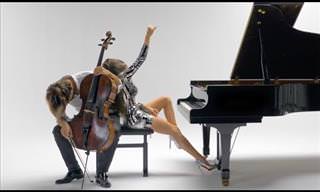 3:16
3:16
Two Incredible Musicians Take on a Nostalgic Favorite
Lola Astanova, on her piano, and Hause, on his cello play we are the champions.
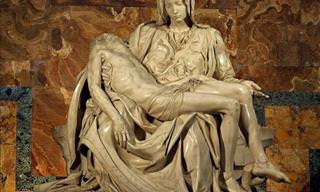
Only Michelangelo Can Turn Marble into a Masterpiece
There's no task quite as painstaking as sculpting an image that can come to life. These are some statues created by the genius Michelangelo
 4:11
4:11
This Harp Breathes Magical New Life Into an Old Classic
Many people often claim that the harp is the instrument of the angels, and after watching this video, I'm sure you'll be inclined to agree.
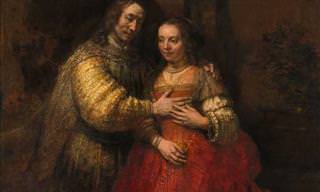
Ten Art Pieces You Always Wanted to Know More About
Once in a while, a true master comes along, enriching humanity with their art, like these 10 great masters and their masterpieces.
 3:16
3:16
This Version of Hallelujah is So Serene and Special
Violin prodigy Karolina Protsenko and the talented saxophonist Daniele Vitale joined forces, in this incredible duet of Leonard Cohen’s classic ‘Hallelujah'
To enable your Ad-Free Subscription, please fill the fields below
Your subscription was successful, now you can enjoy an ad-free experience!!
Note: To make sure you get no ads, please make sure to log in to your account. If you are logged in already, then refresh the page. The subscription can be cancelled at any time.



